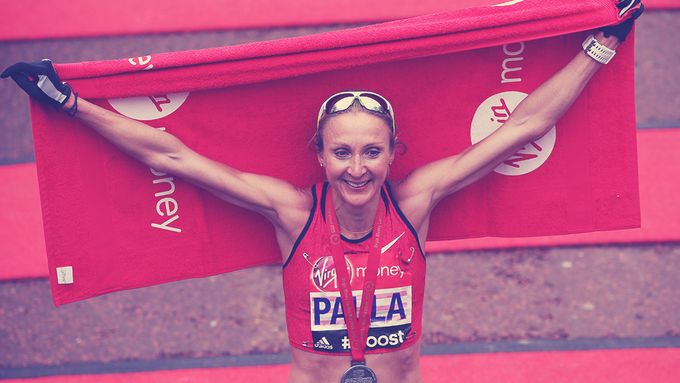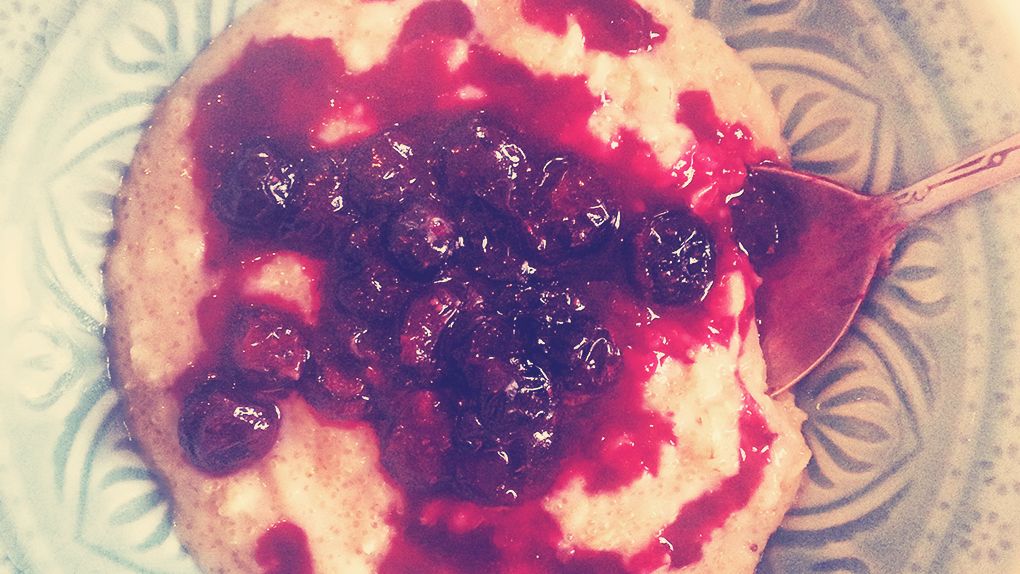
10k Training Plan
What is a 10k and why should I run it?
So, how long is a 10k? Well, erm, 10 kilometres, that’s 10,000 metres, 6.2 miles, the combined length of 95 football pitches… You get the idea. The point is, the 10k is a great distance for novices and pros alike and you need a 10k training plan if you’re going to do it properly.
It’s far enough to offer a real challenge (and earn you proper kudos for getting across that finish line) yet not so far that you’re forced to wave goodbye to your social life and become a slave to an agonising training plan.
It’s also a great first step towards longer events, such as the half marathon and the *gulp* marathon.
Check out our running tips section for more great advice.
Whether you’re looking to pound around a running track, a muddy trail, a coastal route or a picturesque park – day or night – there’s a 10k running event for you.
Among the most popular 10k races in the UK are the BUPA London 10,000 in St James’ Park, organised by the people behind the London Marathon and Great North Run, while Race For Life hold 10k events across the country, throughout summer, in aid of Cancer Research UK.
The Bristol 10k is also a must, says Geoff Wightman of UK Athletics: “Thousands of cheering spectators line the route of this – it’s one of the very best 10k runs.”
There’s a whole heap of benefits to signing up for a 10k race, all of which far outweigh simply running on your own. For starters, let’s face it, you’re less likely to wimp out of a 10k run that you’ve told people about and paid actual cash to enter.
As with most organised sports events, there’s a buzz you’ll experience at a 10k event that you simply won’t get from running on your own, and that atmosphere will push you further than you might’ve thought possible. Plus, you’ll probably get a lovely shiny medal at the end that you can flash around the pub afterwards…
Running a 10k: A beginner’s guide
While shorter distances are all about speed, the key difference between a 5k and a 10k is being able to find the right blend of speed and endurance.
You can train for a 10k in just six weeks with our foolproof training plan
If you’re signing up to a 10k event, the most important thing is to have a plan. You can train for a 10k race in just six weeks with our foolproof 10k training plan, devised by running coach Nick Anderson.

If you want to take things seriously, cross training is also a great addition to your 10k training plan, so get cycling, swimming, circuit training or hit the gym. Mixing it up keeps it interesting. And we all need a change of view every now and then.
Top sports psychologist Julia Attias shares her tips on how to keep motivated, – which include sticking killer tunes in your ears and even memorising inspirational quotes – and, handily, we have plenty of other 10k training tips for beginners to get you to the start line in peak condition.
How much training will I need to do?
Let’s start by saying that we wouldn’t recommend running your first-ever 10k without a training plan. (If you’re properly going for this, you might also want to consider technical shizz such as pacing and negative splits. More on those later.)
One of the most common questions surrounding a 10k event is how fit you need to be to run one. Saucony running coach Nick Anderson says that anyone can do it, but he’s a big advocate of that age-old saying, “The more you put in, the more you get out.”

“If you’ve signed up to do a 10k for charity, or just for fun, you can walk or run your way around,” says Nick. You could aim for repetitions of 5 minutes running, 5 minutes walking, depending on your fitness. But if you want to properly train for it and put some real effort in, make your first target a 5k run. Then you can push on to the more exciting elements of training.”
Threshold running is a pace you could only maintain for one hour
When it comes to the amount of training you need to do (whether you’re setting off on a couch-to-10k or 5k-to-10k training plan), Nick suggests aiming for three weekly sessions: “Don’t just try and run further every time. Aim for a long run, interval training and a threshold run each week.”
Roughly speaking, a threshold run involves running at a pace that you could only maintain for one hour, tops.
How long will it take me to run 10k?
The average time to run a 10k fluctuates depending on your fitness level, age and gender. But remember that running times can also be pretty subjective. The best way to size up the competition before race day is to look up the race results from previous years on the race website.
There’s nothing better than shaving minutes, or even just seconds, off your PB
Having a time to aim for is always a great motivator and keeping track of your personal best times will definitely spur you. There’s nothing better than shaving minutes, or even just seconds, off your PB – and what better excuse to treat yourself to a celebratory beer after training?
The 10k is all about striking that perfect balance of speed and endurance, so pacing yourself is crucial. The key is to run at an even speed – don’t shoot off too quickly, or you’ll pay for it at the end. Trust us.
Some athletes advocate running negative splits – in other words running each mile faster than the last – to improve your times. The thinking is that once your muscles are properly warmed up and your joints lubricated, you can run faster without feeling like it’s more of an effort. Music to your ears, right?

Is running a 10k an effective way to lose weight?
There’s no definitive number of calories you burn during training for a 10k and no easy answer as to how much weight you’ll lose. It depends on your size, speed, how hard you train and how many bags of Frazzles you demolish your training sessions.
You can lose as much weight with a 10k as you would with a marathon
What we do know is that running can burn up to 900 calories an hour and the way your body reacts to this particular distance means that running (and training for) a 10k is an effective way to lose weight.
Nick Anderson explains: “So long as you’re eating the right foods, as well as doing the right conditioning work to create lean muscle mass, the 10k is a great weight-loss event. This is because you’re running aerobically but doing a lot of anaerobic work as well, so your metabolism becomes very fast.”

“You can lose as much weight training for and running a 10k as you would do with a marathon,” Nick continues. “The key is consistency, and the length of time you spend on the harder sessions.
What other health benefits are there to running a 10K?
There’s a reason why everyone bangs on about taking up running being a smart move, health-wise: the list of benefits is undeniably pretty goddamn impressive.

Regular running offers one of the best ways to give your heart muscle an effective workout, while also boosting circulation and reducing the risk of heart attack, high blood pressure and stroke.
“The 10k is going to help boost your cardiovascular endurance and muscle endurance, and it will help strip down body fat,” says Jonny Jacobs.
Running has fantastic benefits when it comes to combating depression, anxiety, insomnia and stress
It’s also been found that running has fantastic benefits when it comes to combating depression, anxiety, insomnia and stress.
Aaaand, it can also give a sustained boost to your immune system, complexion and overall sense of wellbeing and happiness.
Okay, we’re sold…
What should I expect from my first 10k event?
Firstly, quit worrying about whether you’ll come last. Barring some kind of disaster, you almost certainly won’t – and even if you do, you’ll get the biggest cheer of the day from the spectators and marshals.
We’ve put together 15 race-day tips for newbies to give you a helping hand, including making sure you fill up with a good breakfast of porridge or peanut butter on toast, even if it’s the last thing you feel like doing before your run. You need the fuel, trust us!

All you need to pack on the day is your race number, timing chip, safety pins to secure your race number, a bottle of water and a celebratory Snickers for the end.
You’ll want to avoid chafing and blisters at all costs (gentlemen: jogger’s nipple is way less funny that it sounds when it happens to you). So stock up on Vaseline (don’t forget in-between your toes) and don’t be a doofus and run in brand-new trainers for the first time on race day. They will hurt. A lot.
Jogger’s nipple is way less funny than it sounds when it happens to you
Avoid ‘doing a Paula’ by going to the loo before you start, and prepare to have to wait a while the crowds squeeze over the start line. Larger events will have markers suggesting where you should position yourself in the crowd, in terms of your expected finishing time (turbo-nutters down the front; slow coaches at the back).
Got all that? Now, the important thing is to soak up the atmosphere of the day and enjoy it. And once you’ve crossed the finish line, claim bragging rights for the next week.
10k run: tick, done! So what’s next?
There’s a reason why people bang on about having caught the ‘running bug’. That adrenaline rush you get from taking part in a big 10k event, packed with spectators, is pretty addictive. Once you’ve completed a 10k and come down from the buzz of crossing the finishing line, harness that new-found confidence and push on.
You can either sign up to more 10k runs and work on beating your 10k PB, or take the bull by the horns and sign up for a longer event. Handily, along with our 10k training plan we have cracking training plans for distances up to a marathon…
We’d suggest searching out the more off-the-wall events, such as the off-road Trailblazer 10k, the 10k obstacle adventure race Mud Sweat and Beer, or the muddy-and-hilly 10k obstacle race Bing Blazer which features pillow fights, paintball and water slides. Nutters.
